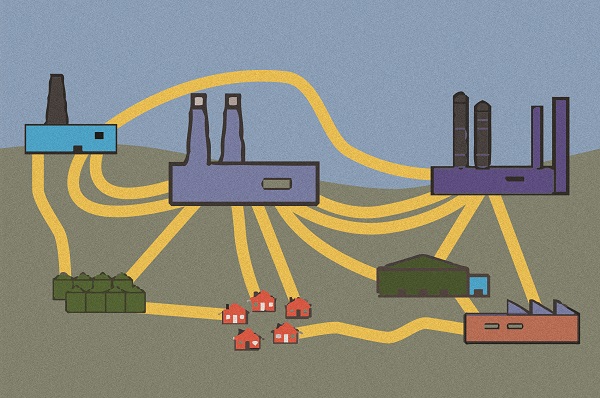Industrial symbiosis is a systems approach to a more sustainable and integrated industrial system, which identifies business opportunities that leverage underutilised resources (such as materials, energy, water, capacity, expertise, assets etc.).
The comprehensive Industrial Symbiosis study that Trinomics, together with Technopolis (project manager), UCL (technical lead) and International Synergies have carried out in 2017, has been published by the Commission here.
Under the title of ‘Feasibility Study for a Circular Economy / Secondary Raw Materials Platform’ the study, which was Commissioned by DG GROW has achieved the following:
- Comprehensive mapping of industrial symbiosis coordination initiatives;
- Market potential of industrial symbiosis;
- Evidence, analysis and taxonomy of industrial symbiosis coordination nodes;
- Online repository of industrial symbiosis case studies;
- Recommended policy actions to promote effective industrial symbiosis coordination;
- Feasibility of a trading/ coordination platform for secondary raw materials at the EU level.
The mapping of industrial symbiosis activities indicates pockets of industrial symbiosis activity all across Europe, although varying in nature, resources transacted and scale. Only a few industrial symbiosis facilitation initiatives track their results in a consistent manner, which makes it hard to provide accurate assessments of their performance. The study found that most data on industrial symbiosis performance generally comes from facilitated initiatives. However, this data, with some exceptions, tends to be fragmented, inconsistent across initiatives and time, and difficult to validate. Nonetheless, taken together, the analysis of data relating to industrial symbiosis and circular economy is highly suggestive of large potential savings and market potential but remains thin on details and numbers. Trying to understand why this market potential remains under-utilised, the study concludes that industrial symbiosis initiatives experience market failures and are largely dependent on the policy environment.
Click here to visit our project page.





